Archive
2020
KubaParis
Im Regio 3, totale Verwirrung
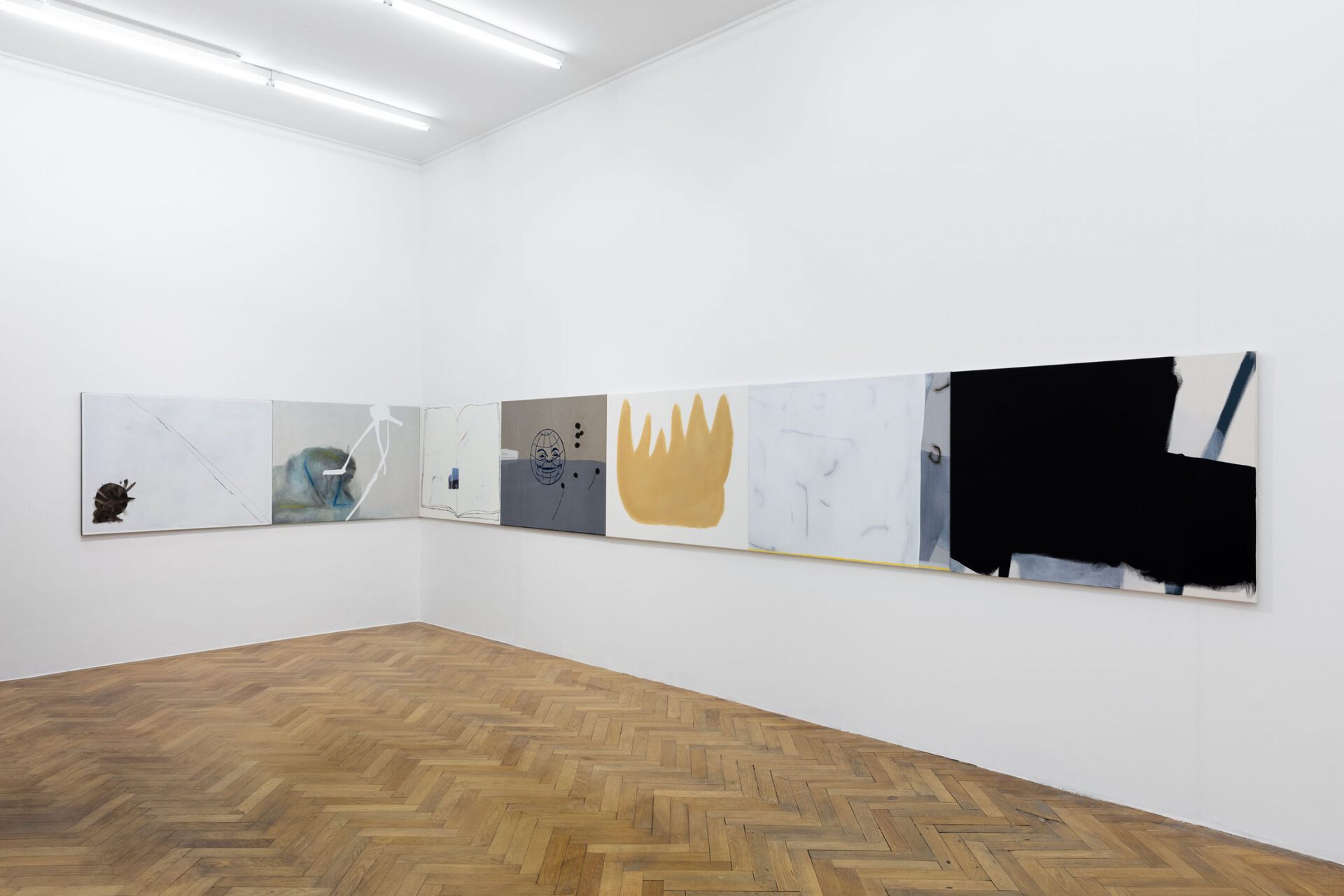
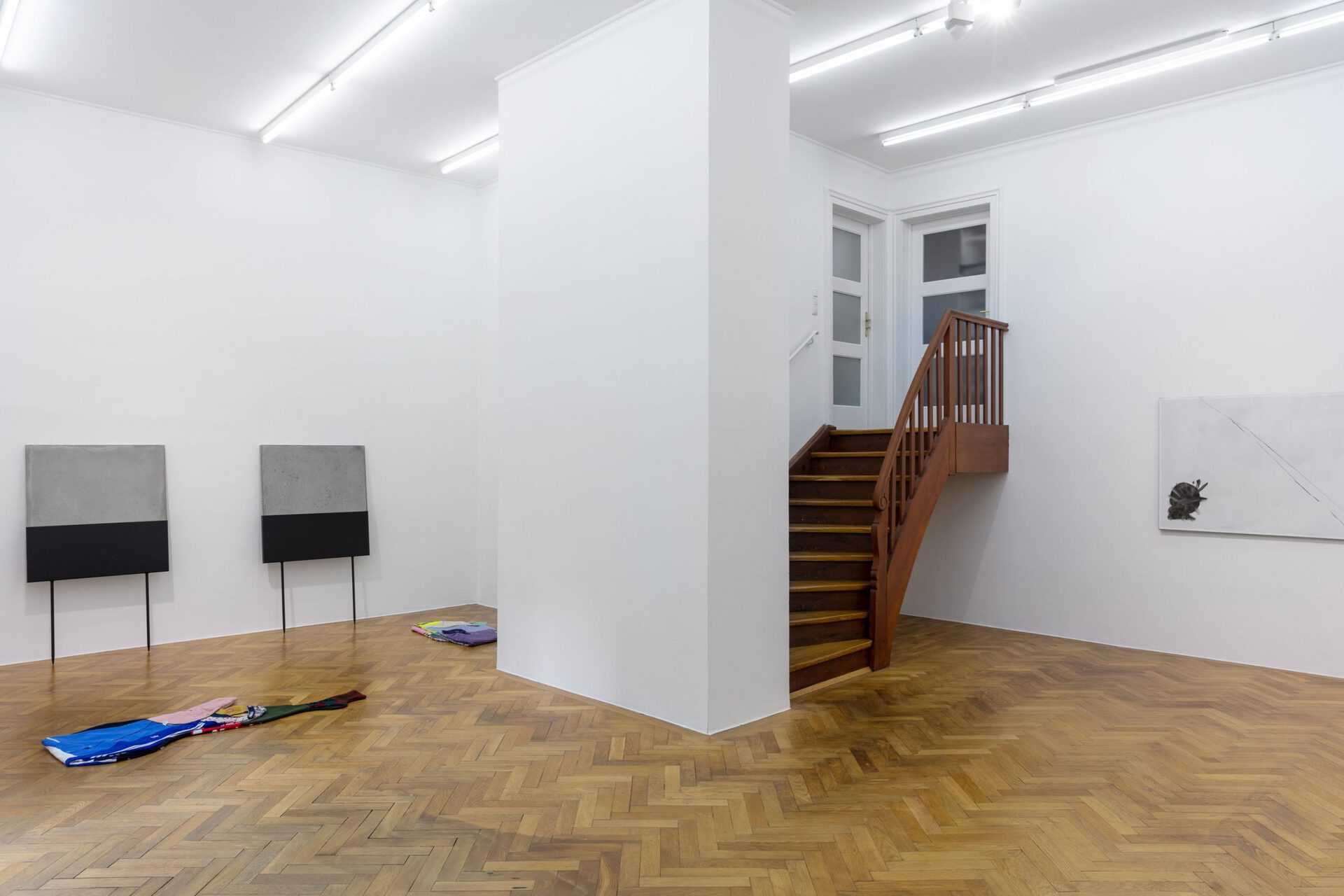
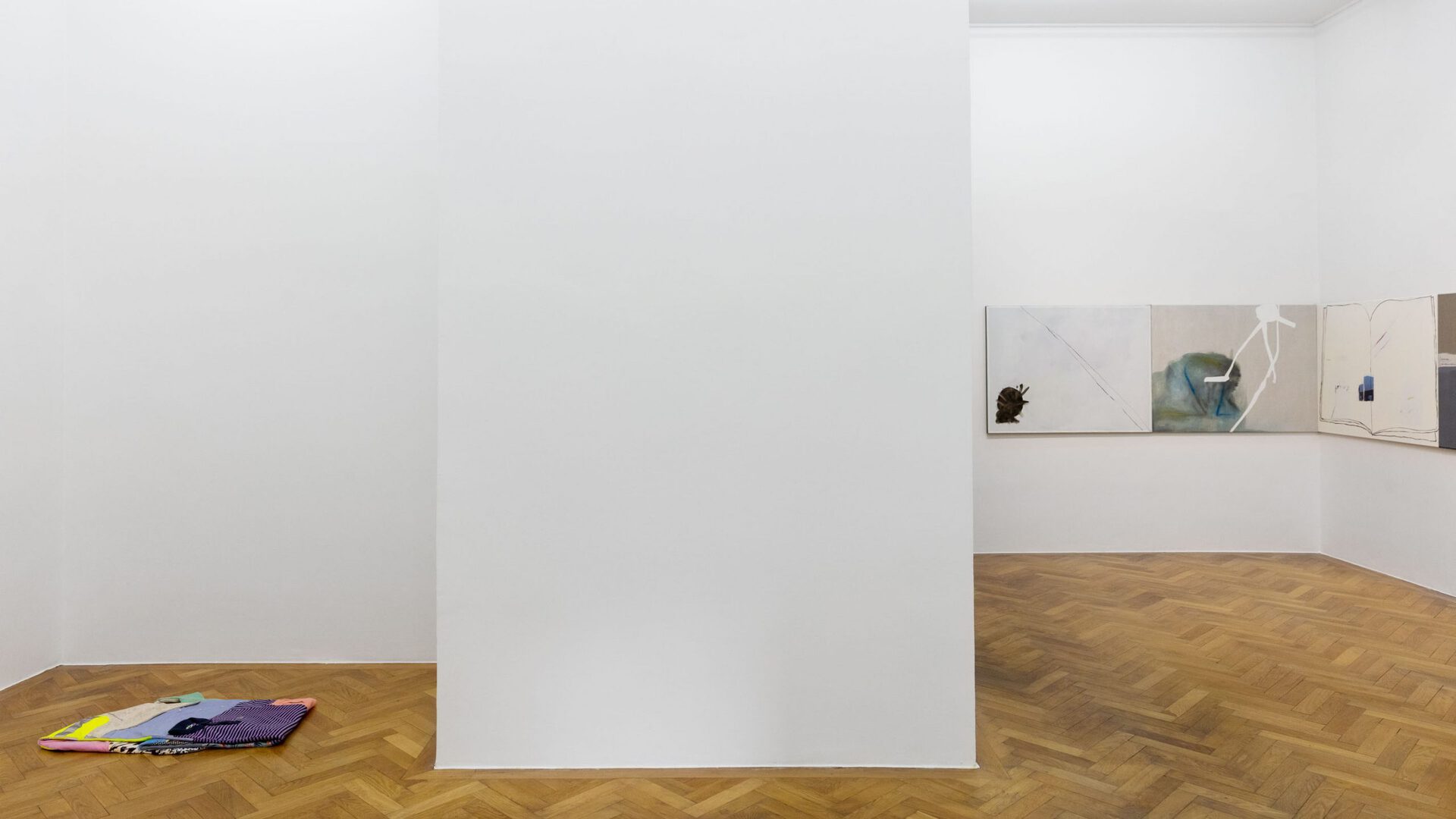
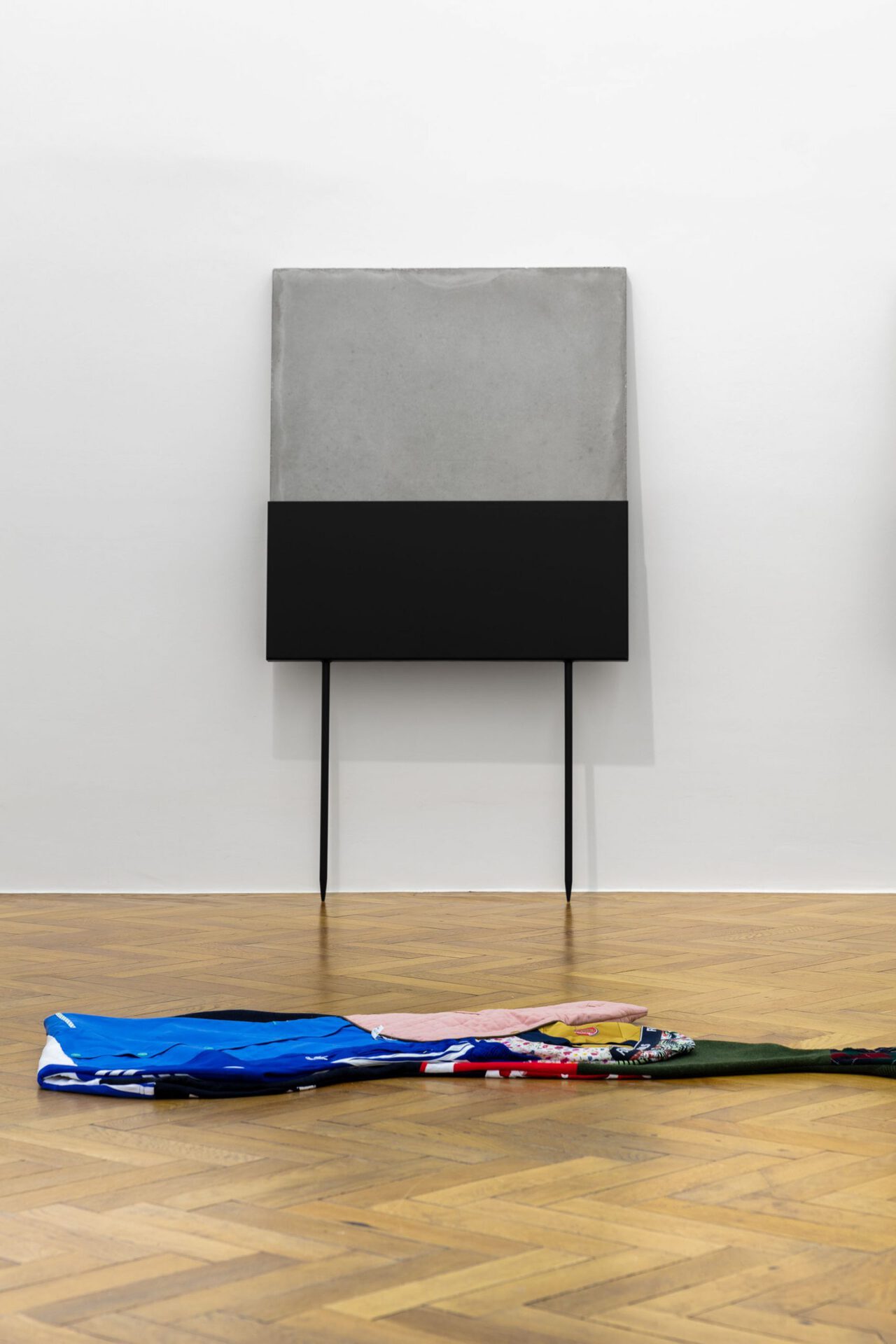
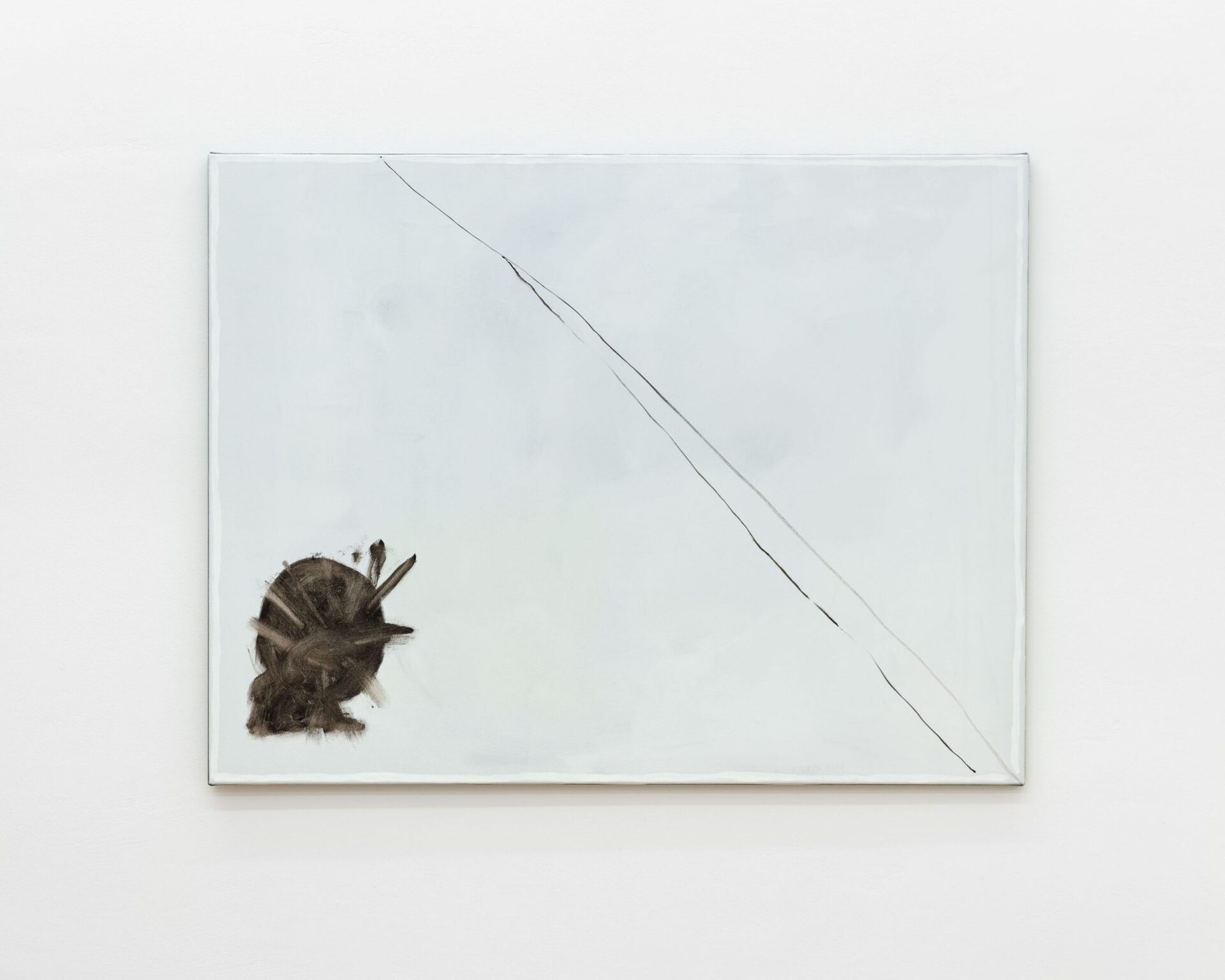


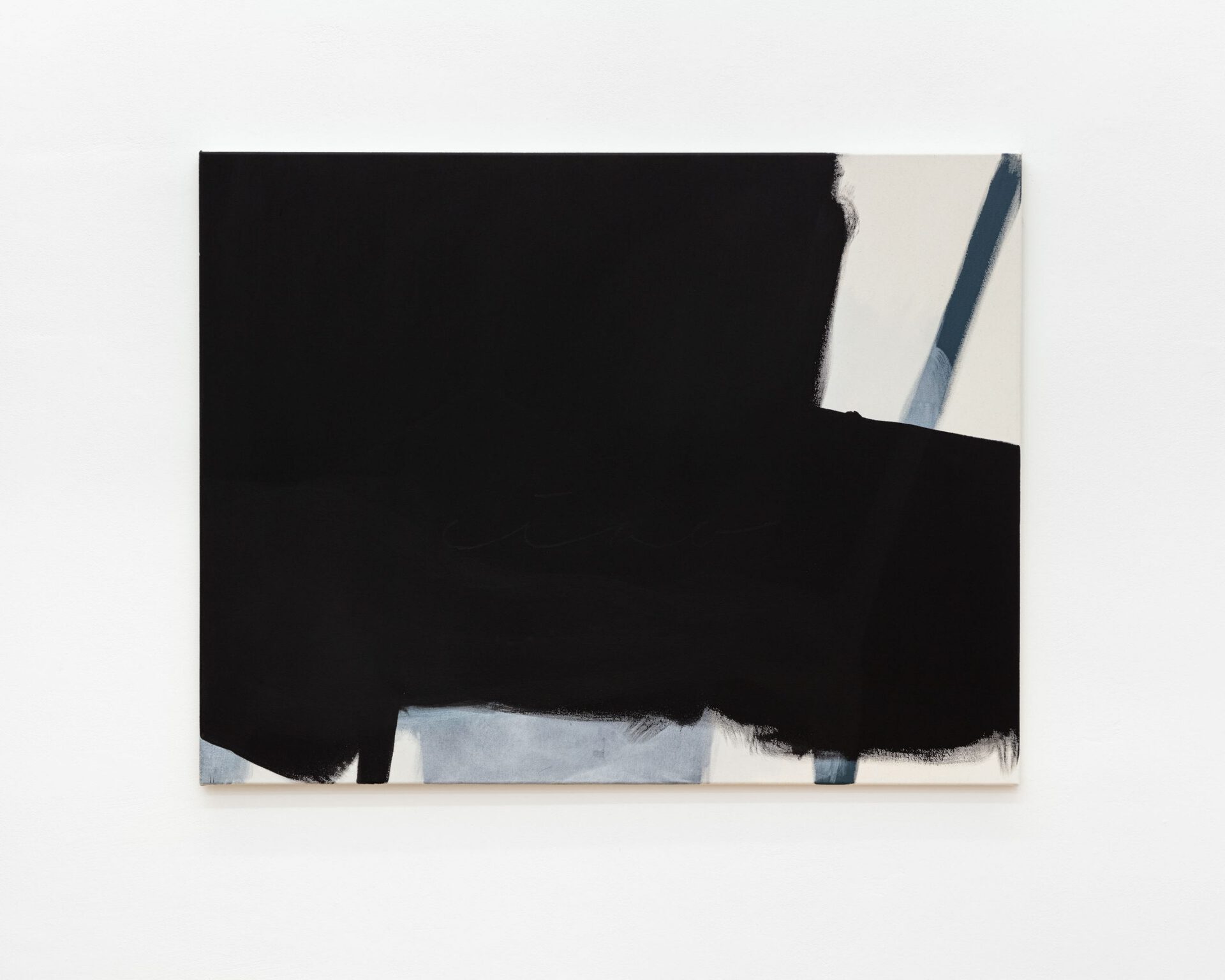
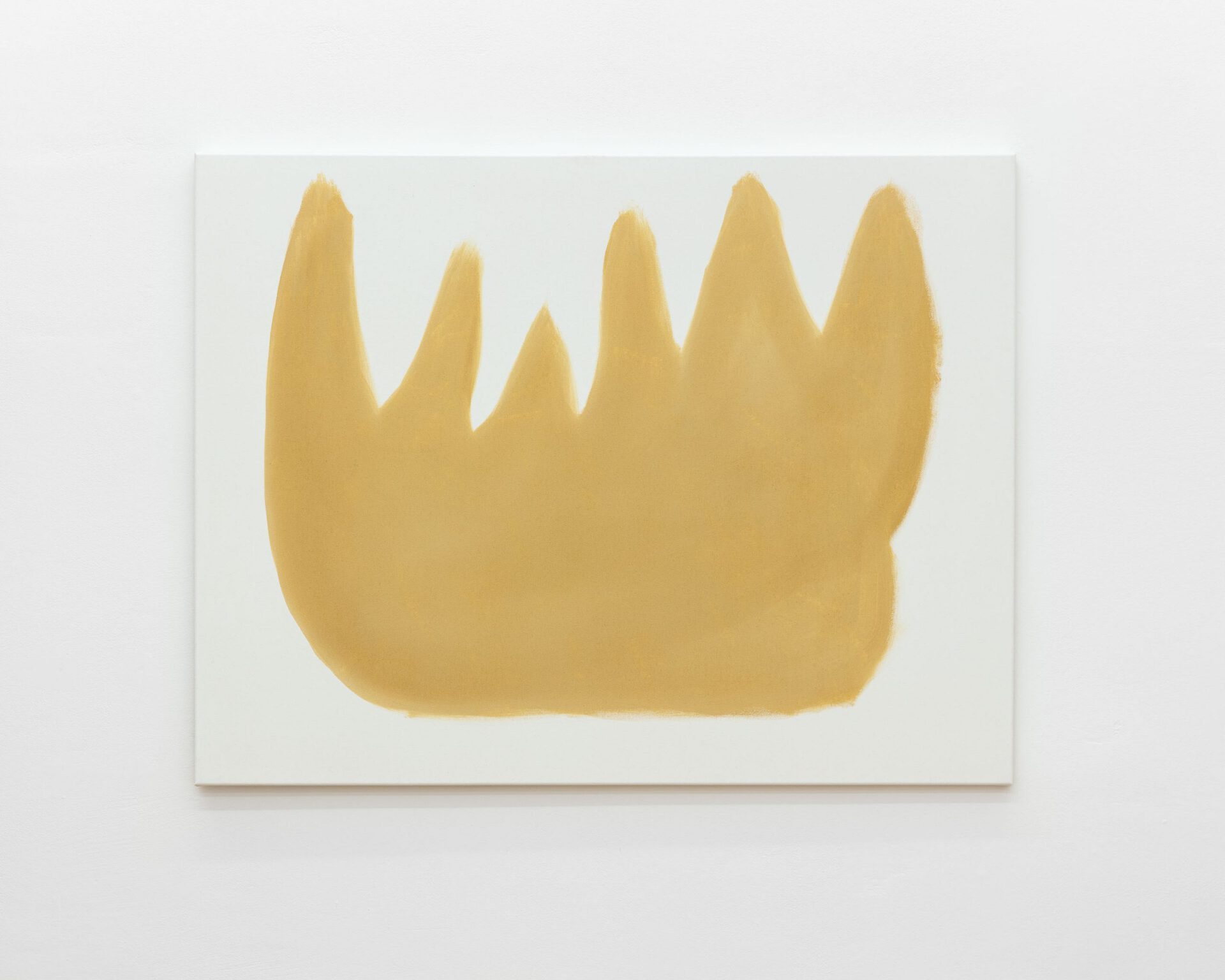

Location
SPERLINGDate
27.05 –24.07.2020Photography
Sebastian KisselSubheadline
With ironic nonchalance, Malte Zenses' paintings and sculptures expand the vocabulary of abstract painting and new realism by pointedly integrating the zeitgeist of his generation through autobiographical fragments. His inspiration often begins with a memory, a place or a snapshot. Instead of telling his own story using familiar codes he trains the memories of the viewer and at the same time captures the spirit of our incessant journey between the digital and the analogue. Through this play with codes and sounds, words and signs, Malte Zenses develops his own visual language and aesthetics. His artistic practice can be described as an appropriation, translation and recycling of experienced reality. The works for Zenses' first solo exhibition at SPERLING "Im Regio 3, totale Verwirrung" were already created in winter 2019/20, but they perfectly reflect the current situation; they deal with theoretical and romantic dimensions of a possible apocalypse.Text
Malte Zenses
Im Regio 3, totale Verwirrung
By Hendrike Nagel
Every morning brings us the news of the globe, and yet we are poor in noteworthy stories. This is because no event any longer comes to us without already being shot through with explanation. In other words, by now almost nothing that happens benefits storytelling; almost everything benefits information.
Walter Benjamin
If we are to follow Walter Benjamin’s lead here, it would seem that the ability to tell stories has been lost for some time now, along with the capacity to understand and validate them. Real, authentic stories that are more than just collections of mere information, bits of information that lose their actuality and sink into the vast sea of data as soon as their messages have been transmitted. Some bits slower than others but nevertheless relentless, regardless of whether they are fake truth or true truth.
But what happens if we pause this Regio (train)? What happens when we free ourselves from an attitude of passive reception and actively resist the forward movement? Stop the perpetually revolving stream of information? What if we take —to use Walter Benjamin’s words—a “tiger’s leap into the past”? A tiger’s leap that might trigger something along the lines of a revolution—that was Benjamin’s idea. To see the potential of rebellion in the moment of standing still. An emancipated condition that enables us to recognize the autonomy of individual moments that otherwise disappear quickly behind a linear chronology. That rush past you in their fleeting way, forever tied to an efficiency-oriented notion of progress. One after the other, after the other, after the other... all following the motto: the fastest one wins and the strongest one, too. But this is not true at all. Because what is actually waiting there in the end? No future No future! is what the Sex Pistols prophesied to their Queen not long ago.
When we’re that tiger, we can pause the moments. And see through this apocalyptic “now” and that presumably post-apocalyptic “soon” and go back to the past to rejoin the ranks of (artistic) revolutions, the renaissances. As an act of “revolutionary re-turn” (Boris Groys’ addendum to Benjamin). Let’s turn the moments into autonomous meta-moments. Loosen them from their grammar without being fully aware of what is subject, predicate or object, or what is the correct syntax, or of which narrative:
ciao bebe, let's meet in Gerswalde *goodbyekiss*
Feuer #3
Flussdelta und Omega
Brennender Apfelbaum vor einer Mauer
Sie hat es sich jetzt anders überlegt
schnelle Zeichnung von einer schönen Hausfassade (Prenzlauer Berg)
Someone I Care About
Fragment einer Architektur #1
Du und Ich, sehr müde #1
Fragment einer Architektur #2
Du und Ich, sehr müde#2
When their chronology and context are taken away, Malte Zenses’ paintings (as “meta- moments”) lose their meaning. At least that rational kind of meaning that serves the great, seemingly universal one. They ask for time, beg for more examination and involvement, are resistant. Even more, they are sovereign agents of their own logic, their own will, their own poetry. In being meta, they stop obeying and instead proclaim subjective independence. Undogmatically, indeed quite the contrary, they begin to tell stories and open up a panorama of imaginative possibilities. Stories instead of The Story (history). Thereby they digress, are less informative but much more lasting: romantic, poetic, politically motivated, alarming and never conclusive. One’s one truth. In resistance lies the proof of one’s own attitude, one’s own sovereignty. Because what we cannot immediately understand sticks in our mind: as irritation and mystery. As André Breton also demonstrated in a most exemplary way, it is miscommunication that reveals the adapted mechanisms of common communication:
Question: How old are you?
Answer: You.
Question: What is your name?
Answer: Forty-five houses.
Maltes Zenses (*1987 in Solingen) lives and works in Berlin. Im Regio 3, totale Verwirrung is his first solo exhibition at SPERLING, Munich. Zenses graduated from the Kunstakademie Düsseldorf (Art Academy Dusseldorf) in 2016, where he studied as Master Student in the class of Prof. Andreas Schulze. He also studied in the classes of Prof. Wolfgang Luy and Prof. Susanne Winterling at the Hochschule für Gestaltung (University of Design) in Offenbach. Zenses’ work has been featured in solo and group exhibitions in numerous galleries and institutions including SchauFenster, Berlin (2019), Nassauische Art Association, Wiesbaden (2018), Kenilworth Gallery, Milwaukee (2018), Kassler Art Association (2018), Damien & The Love Guru, Brussels (2018), Kunstverein Nürnberg (2017), Kunstverein Wiesen (2017), Fiebach Minninger, Cologne (2017) and Kadel Willborn, Düsseldorf. From 2017 to 2018, he held a fellowship for painting at the Marianne and Hansfriedrich Defet Foundation in Nuremburg.
Sources:
Walter Benjamin, “The Storyteller: Reflections on the Works of Nikolai Leskov” in Illuminations (London: 1999), 89.
Boris Groys, “The Museum as a Cradle of Revolution,” e-flux Journal #106, 2020.
André Breton, Surrealist Manifesto,1924.
Hendrike Nagel